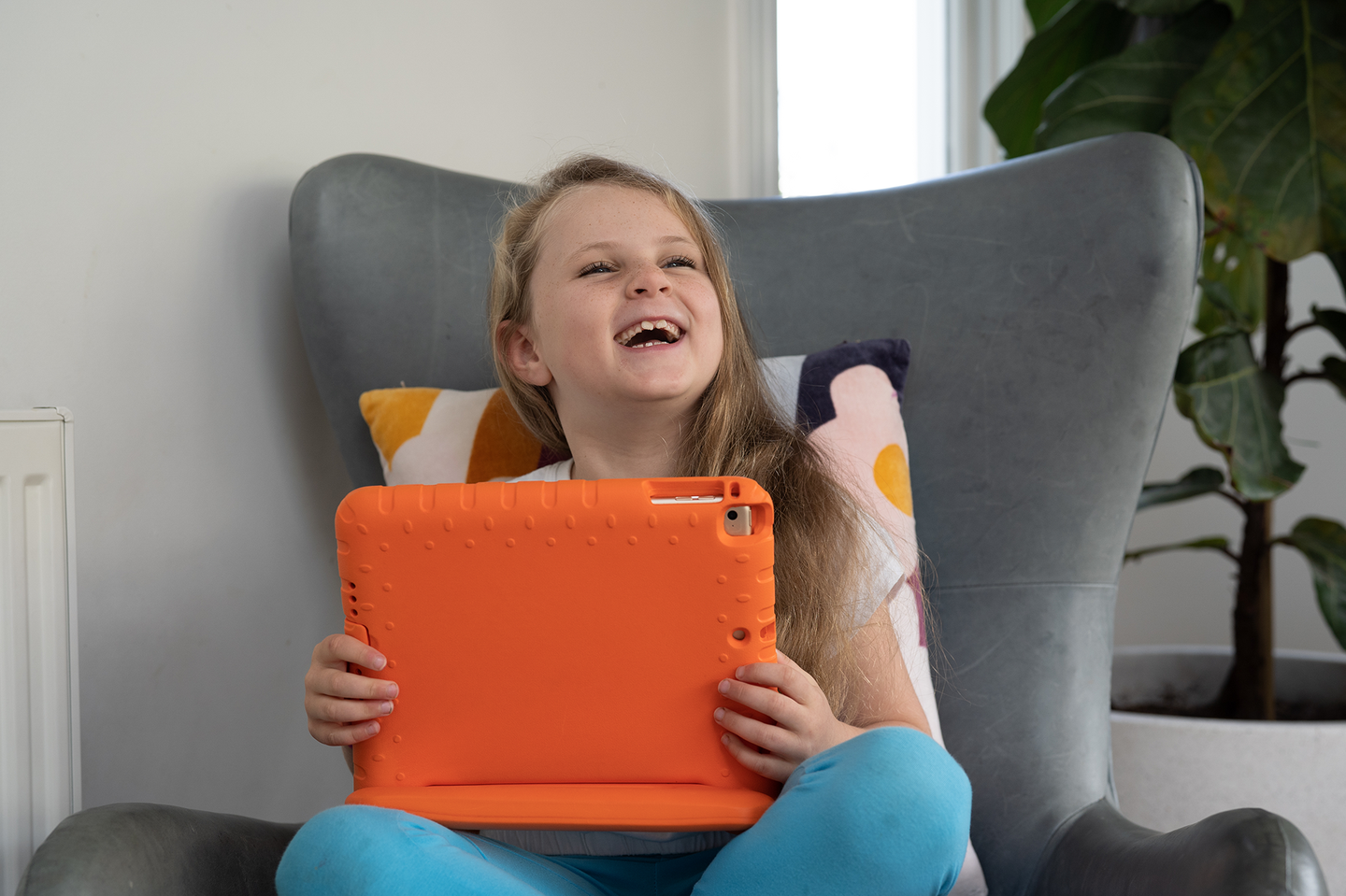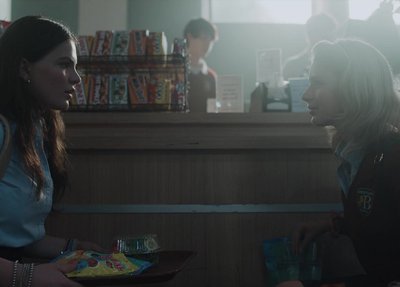
What is cross-rating?
Rebecca on Dec. 12, 2023
What is a ‘cross-rating’? How is it different from a rating or a classification? Who are the Film and Video Labelling Body?
We get into the detail about this common method of determining a rating in New Zealand.
We regularly receive queries about the different ways that a film or series can be classified in Aotearoa. Cross-rating is one of the methods used to determine the age rating and content warnings for a title. It’s based on an existing classification from overseas. Cross-ratings are only used for unrestricted titles, which are less likely to contain harmful content.
The Film and Video Labelling Body (FVLB) is the organisation in New Zealand that applies cross-ratings. They are an independent industry-run organisation. They also rate films and shows that are not classified overseas but are likely to be unrestricted. Te Mana Whakaatu—Classification Office is an independent Crown entity and deals with publications that are likely to be restricted. The organisations are separate from each other.
In this article, we cover what ‘cross-rating’ is, why titles are ‘cross-rated’, and who has the power to ‘cross-rate’. If you’d like to learn more about the classification process, the FVLB in general, or the who/what/where of self-rating, then we also have resources about those topics on our website.
How are things rated and classified in New Zealand?
There are several ways that films and series can have a rating or classification determined. These include:
- Being ‘cross-rated’ from an unrestricted rating in Australia or the UK, by the Film and Video Labelling Body (more on this below).
- Being classified by Te Mana Whakaatu—Classification Office (that’s the Office of the Chief Censor) if the title may need to be restricted.
- Being viewed and rated by the Film and Video Labelling Body if the title can’t be cross-rated and doesn’t need to be classified.
- Being self-rated by a streaming service (who has been approved to self-rate by the Chief Censor) if the title will first appear on streaming.
What is ‘cross-rating’?
If a film or show has been classified unrestricted in Australia or the United Kingdom, that information can be used to create a label in New Zealand:
- If the film is rated G in Australia, or U in the United Kingdom, it can be cross-rated G in New Zealand.
- If the film is rated PG in Australia or in the UK, it can be cross-rated PG in New Zealand.
- If the film is rated M in Australia, or 12 or 12A in the UK, it can be cross-rated M in New Zealand.
Why use an existing classification from overseas?
Cross-rating is practical for filmmakers, distributors, and regulators, because it can save time and money.
Every year, many films and shows are released in New Zealand – new and old. Without cross-rating, it would take much longer for films to be labelled for local audiences, because each one would need to be watched and rated from scratch. Filmmakers and distributors would likely face higher costs, and it would be harder for audiences to access the films and shows they want to see.
Generally, a cross-rated film doesn’t need to be viewed in advance, and there’s efficiency in this process which reduces administration time and charges. Cross-rating is administered by the Film and Video Labelling Body.
By law, titles which have already been restricted (MA15+ in Australia, or 15 in the United Kingdom, or higher) overseas can’t be cross-rated in New Zealand. The FVLB sends these titles to the Classification Office to be classified, on behalf of the distributor of the film.
(Locally, restricted age labels are shown as red labels with an “R” followed by an age number. These age labels start at R13 and go up to R18.)
Who is the Film and Video Labelling Body?
The Film and Video Labelling Body of New Zealand (FVLB) is a not-for-profit incorporated society. The FVLB are approved to label content in New Zealand under the Films, Videos, and Publications Classification Act 1993. They have performed this role since 1993.
Before a producer or distributor can release a film in cinemas or on DVD in New Zealand, they contact the FVLB to arrange consumer labelling. When the FVLB rates content, they determine an appropriate age rating (G, PG or M) and appropriate content warning note for the label (such as ‘offensive language’ or ‘content may disturb’).
A film that has received an unrestricted rating in Australia or the United Kingdom can be ‘cross-rated’. That is a rating lower than MA15+ or 15. This process means that the FVLB don’t need to view the film for it to be rated, but they do research the UK and Australian classification decisions to generate an appropriate warning label. These labels can be modified to better suit local audiences.

Barbie is rated PG Violence and coarse language
Recent examples of films where a cross-rating decision was made in New Zealand, by the Film and Video Labelling Body
Barbie (2023) was cross-rated from the Australian rating and given a NZ rating of PG: Violence and coarse language. We wrote about the film’s most impactful content to help audiences understand whether it is age-appropriate for their children.
Guardians of the Galaxy Vol. 3 (2023) was cross-rated and given a NZ rating of M: Violence and offensive language. We wrote a breakdown of the rating to help audiences understand the level of violence and make the choice whether the film was appropriate for their whānau. Vol. 1 and 2 in the series were also rated M: Violence.
Spencer (2021) was an example of a cross-rated title where additional notes were added for audiences by the FVLB. The film was rated M: Offensive language & self-harm references, and was cross-rated from Australia. The British Broad of Films Classification (BBFC) classification information was more comprehensive and enabled the FVLB to add information about self-harm. We know New Zealand audiences want to be warned about self-harm and welcomed this additional content warning information.

Spencer is rated M Offensive language & self-harm references
Subscribe to our blog
Stay up to date with the Classification Office blog.


